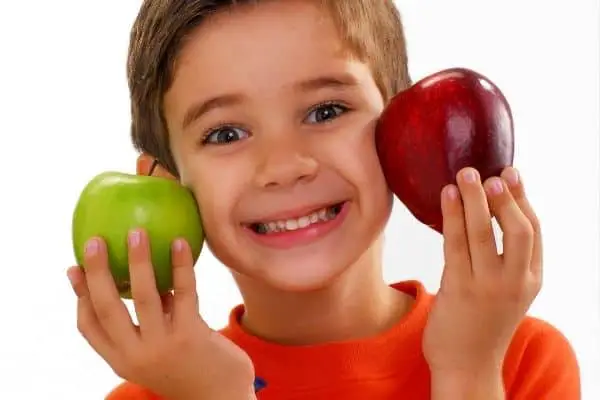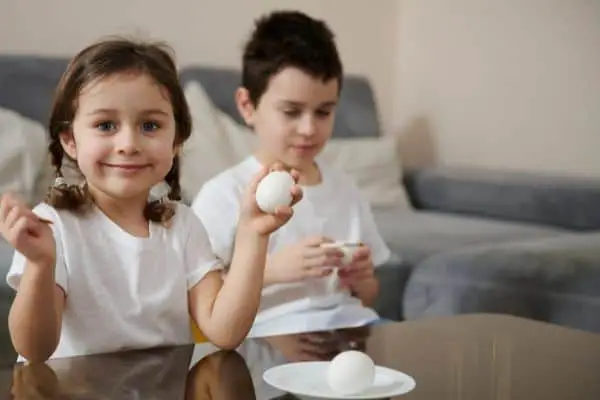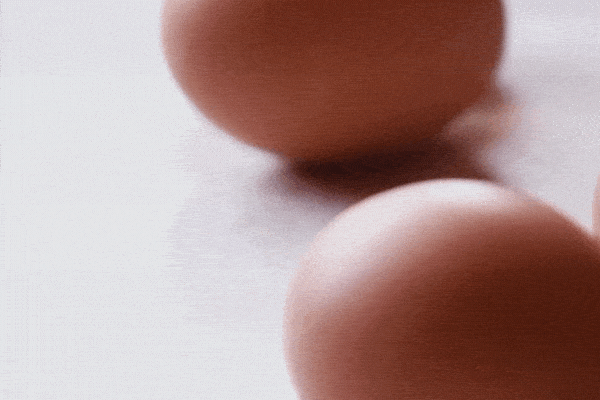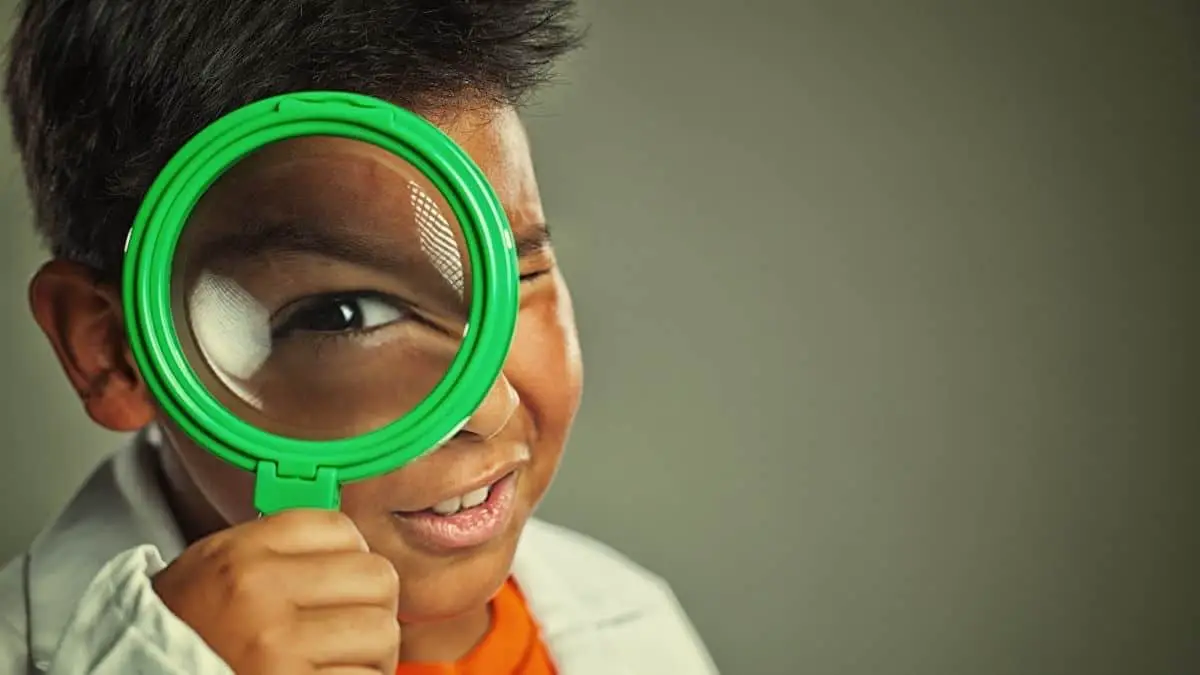Tooth Decay Science Fair Project For Kids (Sweet!)
What’s sugary and sticky and bad for your teeth? Sugar.
Kids do love and will always love sugary foods. This makes it increasingly hard for you as a parent to tell them off when they stretch for that extra candy bar.
If a regular warning hasn’t yet done the magic for you, try out this simple yet fun tooth decay science fair project using eggshells to aid in learning why sugar is bad for their teeth.
Did you know a healthy bite of cheese after every meal reduces the chances of getting tooth decay by neutralizing acidity left by food in your mouth?
It can be a real challenge explaining to your youngster what tooth decay is in the first place.
That’s why I have this pre-work experiment to deal with just that.
Science Fair Project On Tooth Decay
#1 Rotten Teeth Science Fair Project

The goal here is to lay a solid foundation of what really happens when a tooth decays.
To do this, you are going to need apples since they are easily available and are just perfect for this. The structure of a tooth consists of a hard outer coating that protects the inner parts of the tooth much like the skin of an apple protects the juicy part.
This demonstration perfectly illustrates what happens when the protective layer of the tooth gets damaged.
What are the tools for work?
For this super simple experiment, you’ll need the following:
- 2 apples
- A fork
- A knife
Procedure
One apple is going to act as a control experiment to compare against.
- Poke holes in the first apple with the prongs of the fork. This illustrates how the enamel can get damaged resulting in cavities.
- Put each apple on a clean surface and leave them for 24 hours.
- After 24 hours, use the knife to cut both of them into halves.
What you’ll find
The unpunctured apple should appear normal with a clear white inside. Have them take a guess of what the second apple looks like inside.
Unlike the first apple, the punctured apple has brown stains around the poked holes.
Similar to the apple’s skin, the enamel provides a protective layer to the tooth. When it is damaged – for instance has cavities – it leaves a way for bacteria to enter the tooth.
What is the science behind tooth decay?
Food often sticks between our teeth and if not removed, plaques are formed. When sugary foods are consumed, they react with the bacteria found in plaques to form acids.
These acids are responsible for gradually dissolving the tooth enamel, eventually forming cavities. Cavities give room for bacteria to decay the delicate inner tissues of the tooth.
From this demonstration, they should be able to deduce that the primary cause for tooth decay is having tooth cavities.
‘A whole apple every day keeps the dentist away’
With this foundation, it becomes easier to progress to how different drinks or foods can cause cavities that in turn lead to tooth decay.
Tooth Decay Science Projects Using Egg Shells

It’s not customary to perform a science fair project (or even a quick STEM activity) on tooth decay with a real tooth.
First, it is important to acknowledge that teeth can get damaged in two ways.
The enamel can get discolored by continued consumption of certain drinks. Or worse, if not properly taken care of, certain drinks can wear off the enamel causing tooth decay.
In the following two experiments, we’ll use egg shells since they are made of the same material. The types of food and drinks that we consume everyday have a great impact on the health of our teeth in general.
#2 Stained Tooth Experiment
Everyone wants a brilliant smile with white teeth lightening up their face. Maintaining healthy white teeth is essential.
This project focuses on the staining effect of some drinks we take frequently.
What to collect
For an awesome experience, it pays off to get a little messier. You can make a model of the lower mouth using play dough.
Gather the following:
- Play dough (choose a red or pink color to make the gums)
- Two jars
- Six eggs
- Two raw or hard boiled eggs
- Tea or coffee
- Water
- Some toothpaste
What to do
The idea here is to soak the eggs in the two liquids for 7 days and observe the changes of the surface of the egg shell.
- Prepare the play dough to your desired color and model a big jaw with troughs for the tooth models.
- Make concentrated coffee/tea by mixing a lot of it with some water.
- Pour the coffee/tea into the 2 jars.
- Place the first egg into the first jar.
- Smear a generous amount of toothpaste onto the surface of the second egg and place it inside the other jar.
- After 7 days, remove both eggs and set them on the jaw model with the remaining four eggs.
To make it more interesting, you can use an abstract popsicle stick sculpture to make a nice rack for the jars!
What happens
After 7 days, you should observe that the egg covered with toothpaste isn’t nearly as stained as the egg without toothpaste.
In comparison to the other eggs, the one covered in toothpaste appears almost similar.
Toothpaste provides protection to the enamel thus preventing staining.
Tea and coffee contain tannins which tend to stain teeth if not cleaned properly. Similarly, most soft drinks contain artificial colorings which can stain our teeth with time if we do not brush our teeth regularly.
#3 Corroded Eggshell Tooth Decay Experiment
Aside from the conventional tooth decay science fair project which soda decays teeth the most, you can try this cool project with vinegar that completely eats away the entire shell.
This leaves behind a bouncy translucent ball for an egg which feels pleasant to play with in your hands.
Guide your genus as they explore the wonderful science behind acid’s effect on teeth.
What you’ll need for this experiment
- 3 jars
- Water
- Carbonated soda – preferably still fizzy
- 3 eggs
- White vinegar
- You can include the play dough model for comparison and display at the fair to show the differences in corrosion levels
Experimental procedure
Soaking the eggs serves to demonstrate continued use of the drinks without proper teeth hygiene.
- Pour equal amounts of water, soda and white vinegar into the 3 jars.
- Place the 3 eggs into each of the jars.
- Leave them to soak for 3 – 5 days.
- Remove the eggs after the soaking period and set them on the jaw model.
What happens to the eggs?
The egg in vinegar appears like a semi-solid jelly while the one soda is brittle or slightly damaged.
The egg soaked in water has no superficial damage and appears normal in comparison to the other eggs.
Conclusions
Acids present in the vinegar and soda react with the calcium carbonate present in the eggshell thus weakening the structure of the eggshell.
The stronger the acid, the more damage it causes on the shell.
Therefore, the stronger acid in the vinegar completely eats away all the eggshell after 3 days. Don’t be surprised if the egg becomes bouncy.

You should be keen to cash in on their growing curiosity to slide in the idea that acids react with bases – calcium carbonate in the tooth enamel.
Encourage brushing of teeth as toothpaste is basic and neutralizes the acids present in some foods we eat.
Frequently Asked Questions
What is a good substitute for teeth in a science experiment?
A good substitute for teeth in a tooth decay science experiment is an egg. The tooth’s enamel is made of the same material as an eggshell, calcium carbonate. This gives a very close illustration of how some drinks affect the enamel.
Which soda decays the most teeth?
Non-cola soda decays teeth the most. They cause close to 5 times the damage observed with darker coloured soda like Coke and Pepsi.
How does sugar affect tooth decay experiment?
Sugar present in most sugary beverages sticks to the surface of the eggshell. The bacteria found naturally on the surface of the egg reacts with the sugar to form an acid which gradually dissolves the eggshell, eventually leading to damage.







